Rewriting the manual for planet Earth
This is the year of social distancing and remote living, in which we feel a global common purpose to beat a virus that is sweeping the world. Therefore conservation has become an afterthought as we concentrate on our own immediate survival. But, what happens in the aftermath?
What lessons are we going to draw from this global disease? Conservation photographer Cristina Mittermeier wants all of us to reverse the idea of distancing ourselves from our environment, and instead, embrace it; she encourages us to learn from the way we have acted and reacted to the disease, take some tough decisions and rewrite our current operation manual for planet Earth.
Cristina occupies a unique place among conservation photographers. A trained scientist in marine biology with published academic papers to her name (some of them are cited and referenced in new work on the impact of COVID-19 on the natural marine environment), she also attended art school to study photography. She now travels the world on behalf of National Geographic and her Sea Legacy Foundation casting her committed and enthusiastic eye on conservation issues that affect both local communities and the rest of the world. After two decades crisscrossing the planet from sea to mountain, arctic to desert, and even though each success has been hard fought, she has lost none of her energy and passion to see humanity save nature and mankind as part of the bargain.
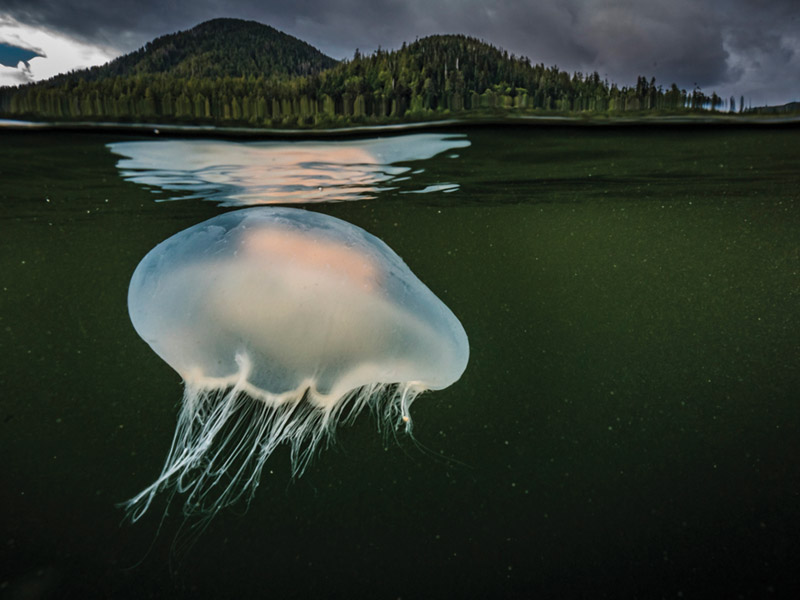
Due to her intensive travelling, Cristina had always taken photographs. It was a fortuitous collaboration with a publisher on a coffee-table book that provided the impetus to take the photography side seriously. She remembers the launch party, watching the guests open the book, not once reading any of the scientific essays in it but spending time on the pictures, “I thought, you know? Science is fundamental to what we do, but it’s a very highbrow way of inviting people into the most important conversation that humanity needs to be having. Photography on the other hand is very democratic and we all have a device today in our hands [picking up her mobile phone] that makes us experts. Therefore, we are a lot more confident to participate in the conversation because we feel qualified; it lowers the price of entry.” Photography allows everyone to appreciate and understand, irrespective of their scientific knowledge, what is happening to the natural environment.Since then, Cristina has truly taken the road less travelled. In trying to win the hearts and minds of us all, to worry and care about conservation, and the implications if we do not, she has set up organisations that seek to galvanise and focus individual effort. First was the International League of Conservation Photographers (ILCP) in 2005.
The important part of the set up was to involve a disparate band of photographers and make sure they were part of the conservation argument, “until you start attending the important international conversations among scientists, until you embed yourself in conservation groups, pictures are not impactful,” she reasons, “how can you know what impact pictures can have if you don’t know where the conservation initiatives are going? So, I was trying to make those connections between photographers and the conservation community.”
There have been successes. The ILCP has provided a platform for photographers to play an important role in conservation campaigns such as the preservation of the Flathead River basin in Montana, which was aided by the ICLP and a well-orchestrated platoon of conservation photographers to capture the lost natural beauty in the area should open-pit mines go ahead in British Columbia, Canada.
Despite the efforts its not an easy battle to win. Localised successes where an impact has been made are belittled against the general dismissal of the need to engage in global conservation arguments. In Cristina’s view, photographers and conservationists should have a seat at the table with governments and presidents making the key decisions. Disappointingly this has not been the case for the past twenty years, there has been no change in consensus despite recent events. “I think we’re not taking it seriously enough and people have not yet made this important link between the way that we treat wildlife, as a commodity, and the assault on the natural world that it represents, with consequences that reach all humanity, including climate change. It’s a conversation that’s not loud enough and that needs to be clearer in the minds of people.”
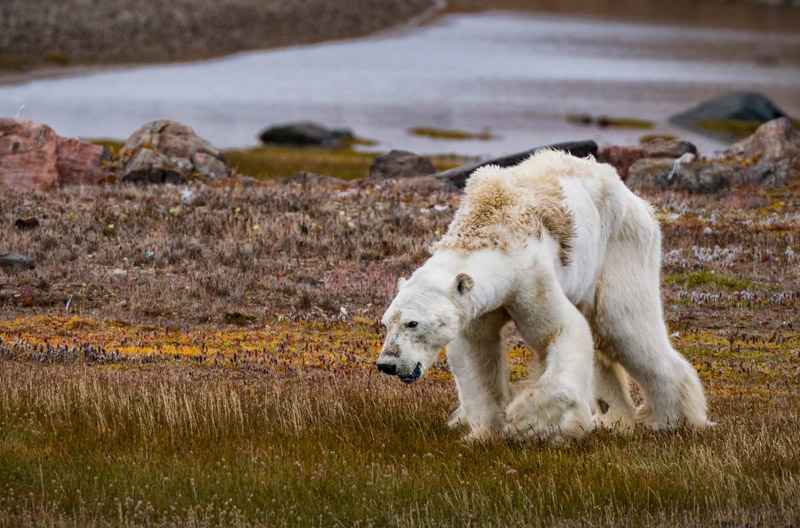
Substituting goods and services we wish to buy for preserving something essential but unseen is not an easy option to offer a population conditioned on consumer choice. And therein lies the problem. We can all appreciate a poignant and compelling photograph and even the message it conveys, but rarely do we wish to take on the full implications of what it represents. Cristina’s photograph of an emaciated polar bear staggering across the tundra in Somerset Island, Canada, was one of the top ten photographs in the world in 2017. It was heart wrenching and sad; a once magnificent creature reduced to a scavenging, dilapidated, skeletal ghost of its former self.







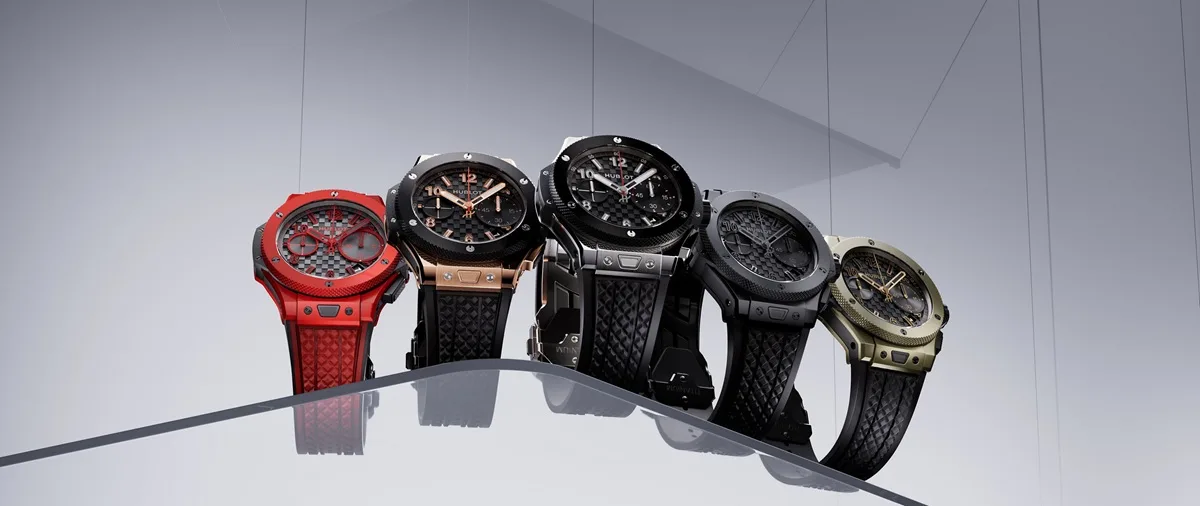
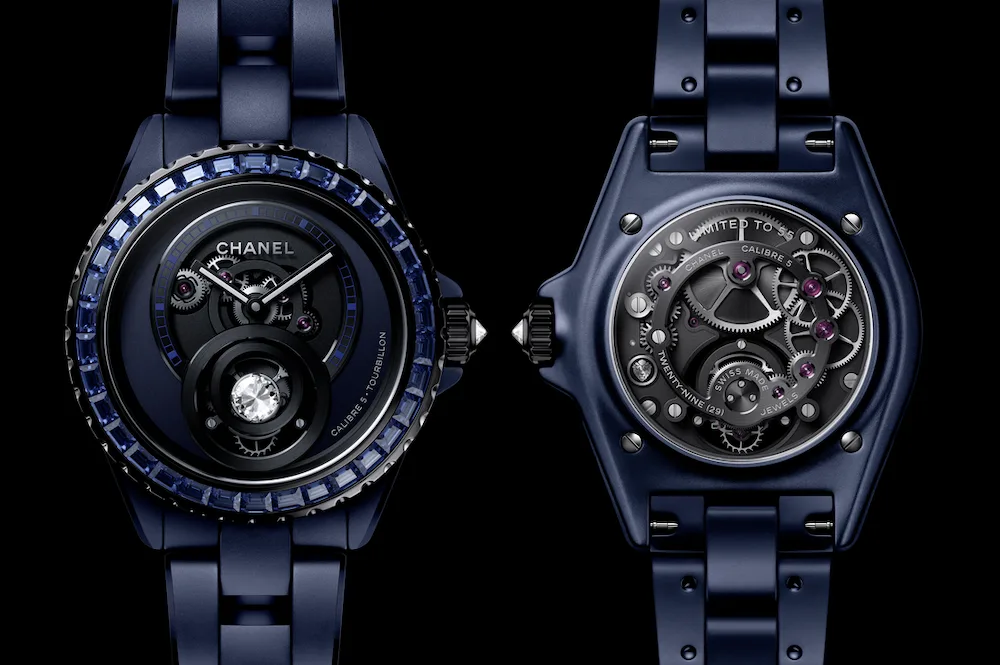


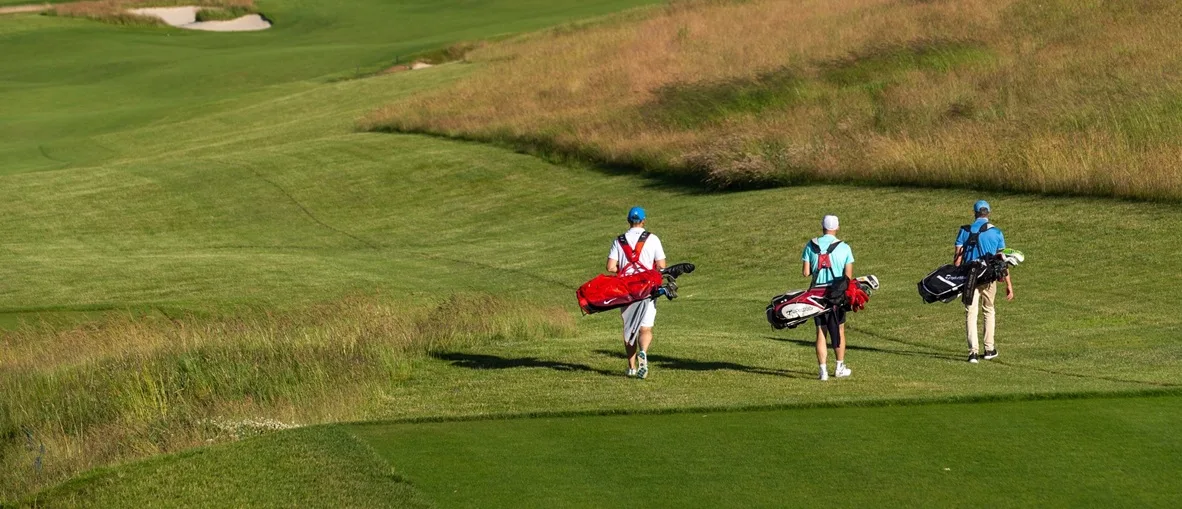





Show Comments +